Research
Search our website
Search our website by entering a keyword or choose a database above to search specifically.
Search
Showing search results 4,421 - 4,430
14,717 results found

Babelomstraat 4, Hoegaarden, Belgium

Baarlestraat 5, Nevele, Belgium
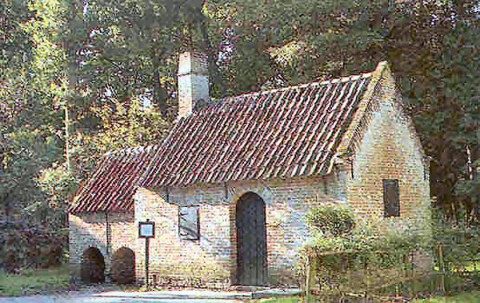
bakhuis uit Oostmalle-Blommerschot, Genk, Belgium
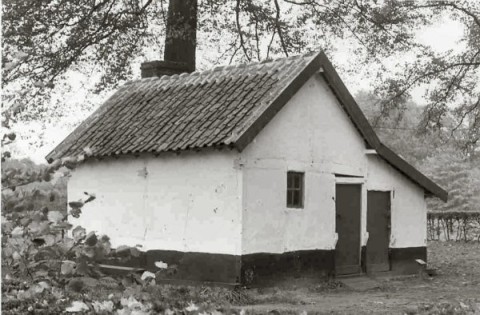
bakhuis uit Zolder-Viversel, Genk, Belgium

Bareelstraat 1, Langemark-Poelkapelle, Belgium

Bankelindeweg 56, Poperinge, Belgium

Barisdamstraat 24, Kortemark, Belgium

Baljuwstraat 59, Poperinge, Belgium

Bampsstraat 88, Herk-de-Stad, Belgium

Banebosdreef 6, Oostkamp, Belgium
